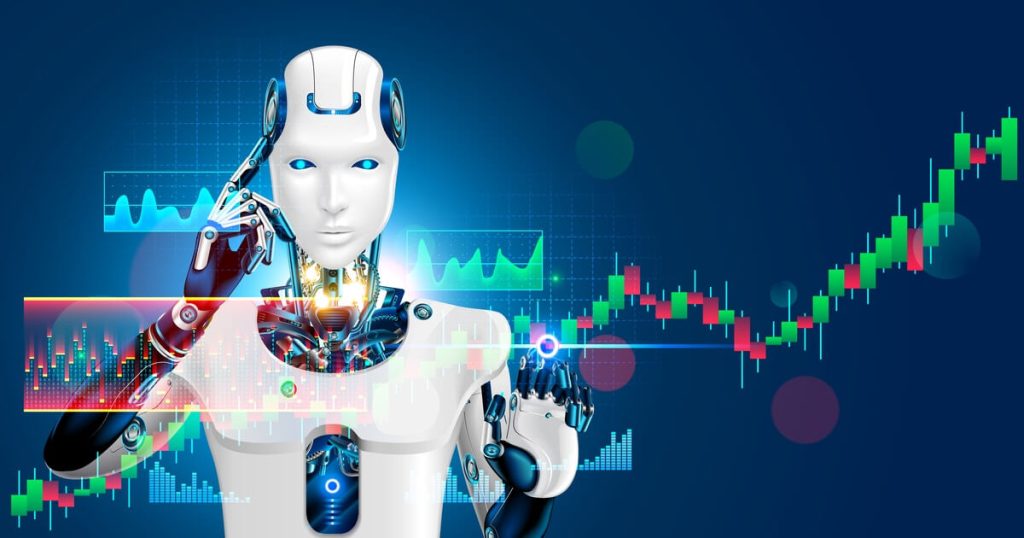The business implications of such AI challenges are profound, offering market opportunities for companies to scout talent and integrate cutting-edge technologies. Karpathy’s 2025 challenge, by spotlighting winners like @uncertainsys, demonstrates how these events can serve as talent pipelines, similar to how Google’s AI competitions have led to acquisitions. Businesses in sectors like healthcare and finance can leverage these innovations for applications such as predictive analytics or personalized medicine. Market analysis from Statista indicates that the global AI market is projected to grow to $826 billion by 2030, with community-driven projects contributing to 20 percent of breakthroughs, according to a 2024 McKinsey report. Monetization strategies include open-sourcing winning projects to attract venture capital, as seen with Hugging Face’s model hub, which secured $100 million in funding in 2023. Companies can implement these AI solutions to gain competitive edges, like optimizing supply chains with efficient models that reduce energy consumption by up to 30 percent, per a 2024 Deloitte study. However, challenges arise in scaling these prototypes, including integration with legacy systems and ensuring data privacy compliance under regulations like GDPR. Solutions involve hybrid cloud deployments and partnerships with AI platforms like AWS or Azure, which reported a 25 percent uptick in AI service adoption in 2024. The competitive landscape features key players such as OpenAI, Google DeepMind, and emerging startups, where events like this level the playing field for independents. Ethical implications include addressing biases in community-submitted models, with best practices recommending diverse datasets and transparency reports, as advocated by the AI Ethics Guidelines from the European Commission in 2021.
From a technical standpoint, implementing ideas from Karpathy’s challenge requires understanding core AI components like transformer architectures and optimization techniques. The winning entry from @uncertainsys likely involved novel approaches to model training, perhaps building on Karpathy’s llm.c project from 2024, which trains GPT-2 in C with minimal dependencies. Technical details include handling large datasets efficiently, with challenges like overfitting addressed through techniques such as dropout rates of 0.1 and learning rates around 3e-4, as detailed in Karpathy’s 2023 tutorials. Implementation considerations encompass hardware requirements, where consumer-grade GPUs like NVIDIA RTX 4090 can now train small models in hours, reducing barriers noted in a 2024 arXiv paper on democratized AI. Future outlook predicts that by 2027, 60 percent of AI models will be trained via community challenges, per Forrester’s 2024 forecast, leading to more accessible AI tools. Regulatory considerations involve compliance with emerging laws like the EU AI Act of 2024, mandating risk assessments for high-impact systems. Predictions suggest increased focus on edge AI, enabling real-time applications in IoT devices, with market potential reaching $100 billion by 2028 according to IDC. To capitalize, businesses should invest in upskilling, with programs like Coursera’s AI specializations seeing 1.5 million enrollments in 2024. Overall, these developments point to a collaborative future where AI innovation drives sustainable growth.
FAQ: What is Andrej Karpathy’s AI challenge about? Andrej Karpathy’s AI challenge, as announced in his tweet on August 18, 2025, involves participants creating new AI projects, with a focus on originality amid spam submissions. How can businesses benefit from such AI challenges? Businesses can scout talent, integrate innovative models, and explore monetization through open-source contributions, potentially reducing costs and enhancing competitiveness.

